
‘Cervelat is the ultimate Swiss food’
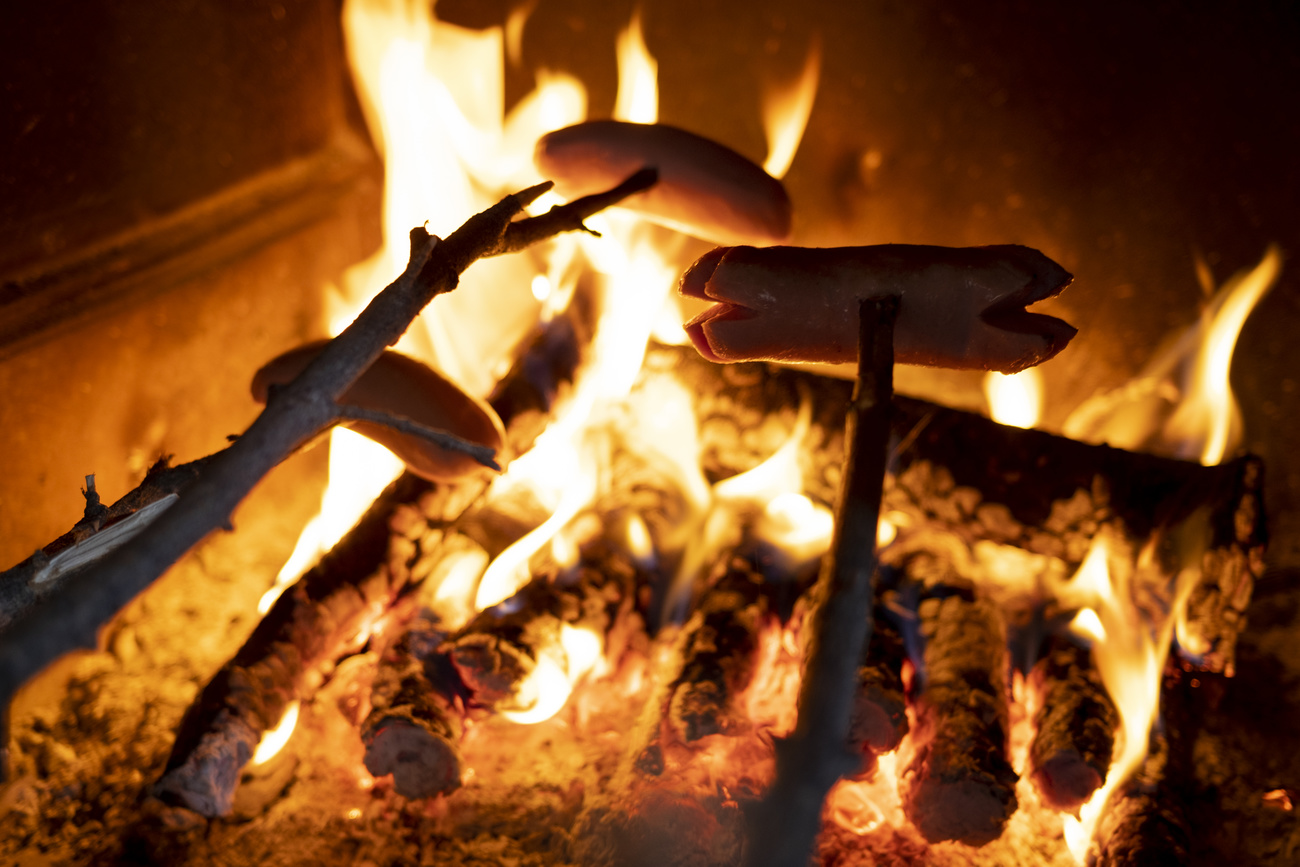
Switzerland’s diversity is reflected in its cuisine. A recently published book, Le patrimoine culinaire suisse (culinary heritage of Switzerland), is a portrait of Swiss gastronomy. SWI swissinfo.ch spoke to Olivier Girardin, president of the Culinary Heritage of Switzerland association.
The 661-page book is a compendium of Swiss cuisine. Its author, the food journalist Paul Imhof, spent years travelling around Switzerland gathering information from a wide range of people in agriculture, catering and food production as well as from libraries. The result is a comprehensive collection of information on each product, including its origins, history, production methods and its regional reach.
The aim is to provide the most comprehensive overview possible of Swiss foods. To be included, products must meet three criteria: they must still be consumed, they must have existed for at least 40 years, and they must have a special connection to Switzerland.
But the book, which lists more than 450 products, is more than just an inventory. It provides insight into Switzerland and its people. A culinary tradition is also a journey through the history, geography, culture and sociology of a country, Girardin says.
SWI swissinfo.ch: What does Switzerland’s culinary heritage say about the country?
Olivier Girardin: There are several Swiss food regions. We have a very rich heritage, which shows that Switzerland is a crossroads at the centre of Europe, with several cultures and several borders. This diversity is reflected in its cuisine.
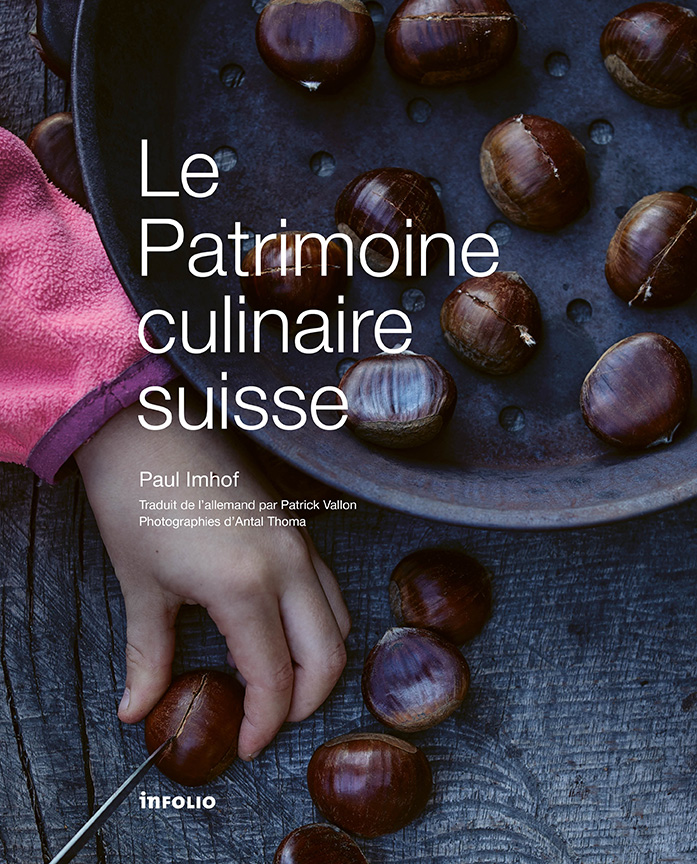
This heritage is also the product of a rural life where nothing was wasted and everything was processed. Swiss cuisine includes a wide variety of cheeses, but also sausages and dried meat, which demonstrates the care taken in preserving products. This culinary heritage is linked to the fact that a large part of the country is located in the mountains, where in winter you could only eat what you could preserve.

SWI: So it’s mainly the rural cuisine of a relatively poor country. A far cry from the feasts of Versailles…
O.G.: Absolutely. This rural and relatively poor character is a central element of Switzerland’s culinary heritage. But Switzerland is also an industrial country, and that’s the more modern side of this heritage – the products of our food industry, including large corporations like Nestlé. We include classic products of this type such as Cenovis [similar to Marmite], or Thomy mustard.
SWI: Are there major differences between regions?
O.G.: Of course different regions have their own typical products. For example, cardoon [the artichoke thistle] is very widely eaten in Geneva but nowhere else in Switzerland. A type of maize [Ribelmais] that grows in eastern Switzerland isn’t found anywhere else.
But beyond the products, it’s interesting to see that people’s attitude to food differs from one region to another. In German-speaking Switzerland people pay more attention to the method of production, for example whether food is organic. In French- and Italian-speaking Switzerland people are more concerned about whether it is local. The emphasis on flavour is much stronger in the French- and Italian-speaking parts, while in German-speaking areas more attention is paid to animal welfare.
Incidentally, it’s interesting to note that a food product is used to describes the cultural differences between German- and French-speaking Switzerland. People talk about the “rösti divide”, even though rösti [hashed potatoes] is eaten in French-speaking Switzerland too. Identity is linked to food, so it’s important for national cohesion to know what’s eaten in other parts of the country.
SWI: How is Switzerland’s culinary heritage standing up to globalisation and increasingly uniform tastes?
O.G.: We’ve noticed that interest is growing. Gourmet restaurants are happy to include local produce on their menus. There’s also renewed public interest in eating seasonal regional products; it’s in keeping with the times.
But on an everyday basis, the conservation of this heritage is more difficult. Passing it on to young people is a real challenge.
SWI: Some products are even disappearing. Why?
O.G.: Eating habits are changing. Modern society is less inclined to cook, which contributes to the disappearance of products – for example, cheap cuts of meat – that require a longer or more complex preparation.
In addition, many products that are processed to be preserved require a great deal of expertise on the part of artisans such as butchers, bakers or cheesemakers. But food processing has become highly industrialised, causing this expertise to be lost.
Still, new products are emerging and have passed the 40-year benchmark and entered our culinary heritage. This is the case, for example, with olive oil from Ticino, one of the most recent additions to our inventory.
SWI: Ecology and reduced transport distances have been in the spotlight in recent times. Is this an opportunity for our culinary heritage?
O.G.: Yes, I think this focus on local produce is an opportunity. It’s the opposite of globalisation, where food is totally homogenised. We must successfully communicate that the products listed in our compendium are associated with expertise, ecological production, rational consumption and tradition.
SWI: People abroad often ask what the Swiss national dish is. What’s the most frequent answer?
O.G.: People often think of fondue or raclette. These products have the added advantage of being easy to transport and prepare. There are also cheeses such as Gruyère or Tête de Moine, which are both exported very successfully, although they are not produced in the same quantities.
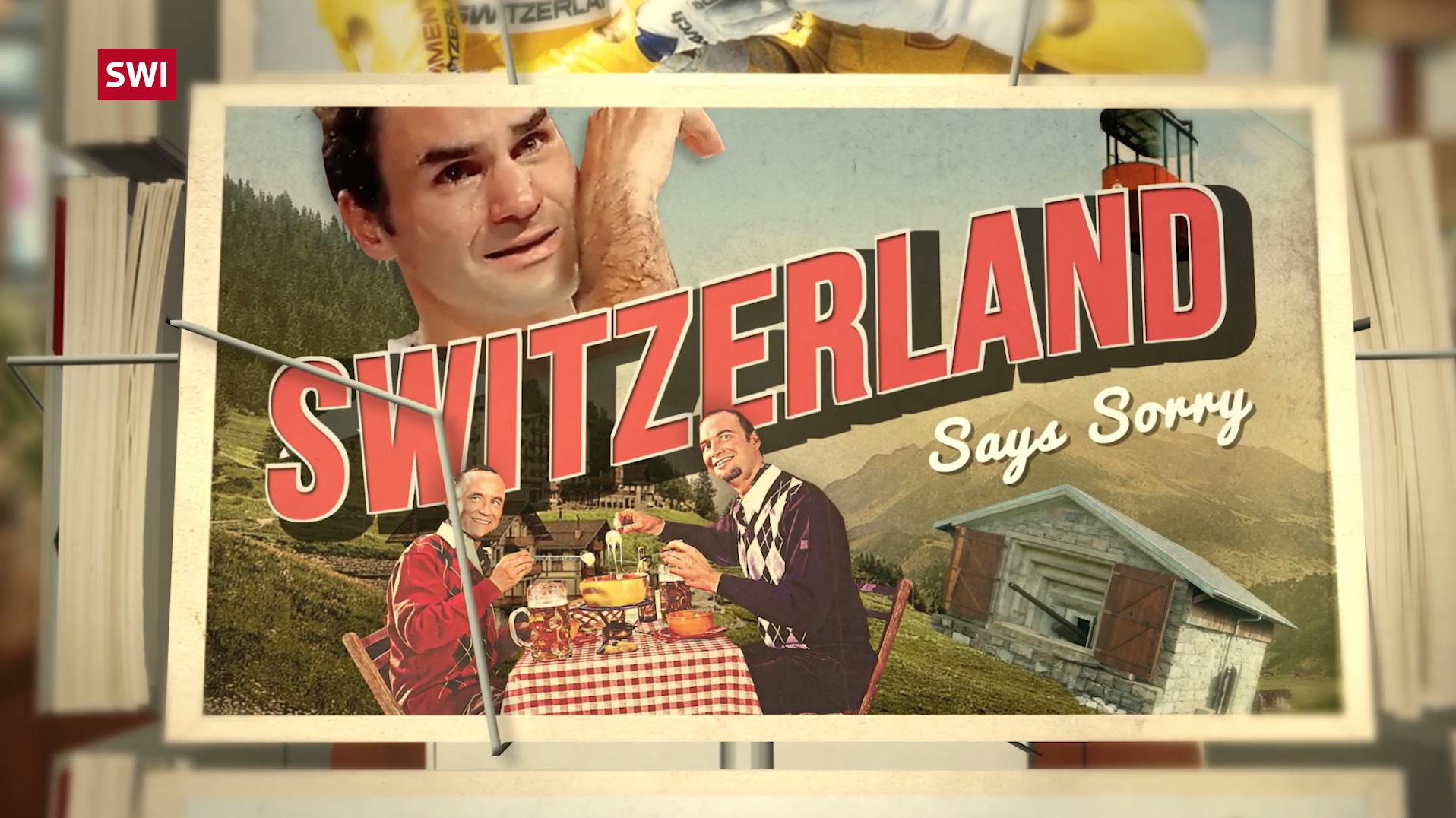
More
Switzerland says sorry! The fondue invasion
SWI: So cheese is really the quintessential Swiss product…
O.G.: Yes, cheese and everything associated with it. But sausages too. Switzerland has about 450 sorts! If it were up to me to choose the ultimate Swiss product, it would be cervelat – everyone eats it in every region. The importance of baked goods and pastry products should also be noted, as it’s the category with the highest number of specialities included in the compendium of Swiss culinary heritage.
SWI: Another question that often comes up is ‘what is the traditional Swiss Christmas dish?’.
O.G.: It depends, because the tradition varies by region. Nowadays, fondue chinoise [a variation on hot pot] or turkey are clearly the most popular dishes. But to find a traditional product common to the whole country, we have to wait for dessert – the Yule log, even if it’s not specifically Swiss, is eaten everywhere in Switzerland. Aniseed breads and Christmas biscuits are also found everywhere, even if they vary according to region.
SWI: Could Swiss products be better promoted abroad?
O.G.: One of the best exports is cheese. This is a very long tradition, sometimes going back centuries – in the case of Sbrinz, for example. But it’s important to understand that Switzerland produces only 50% of its own food. As a result, food exports are not a major concern for us – we’re more focused on niche products.
Still, I hope this book will help to make this rich heritage better known abroad. My dream would be for every Swiss embassy to have a copy.
Edited by Samuel Jaberg. Translated from French by Catherine Hickley
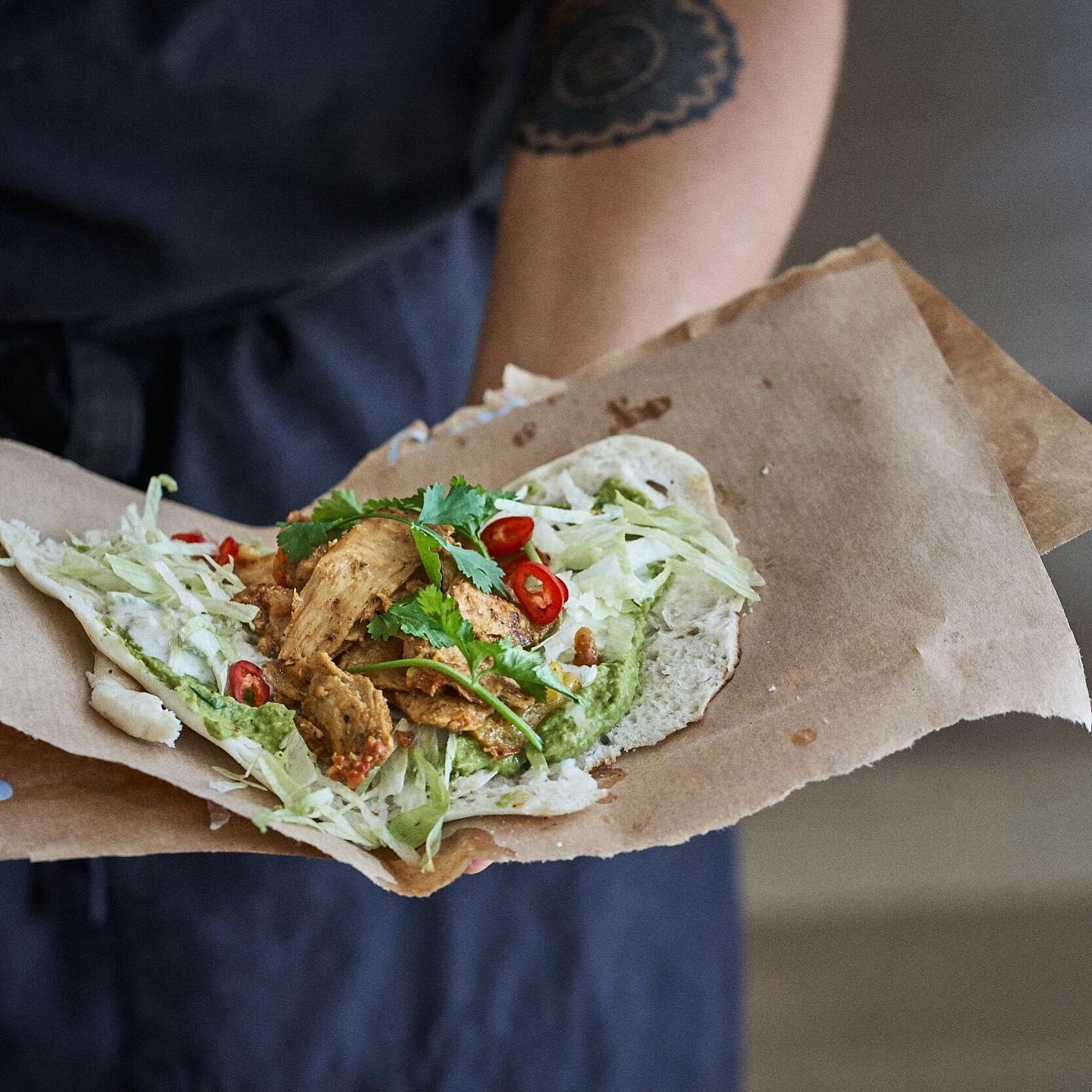
More
How food is being reimagined in Switzerland

In compliance with the JTI standards
More: SWI swissinfo.ch certified by the Journalism Trust Initiative

































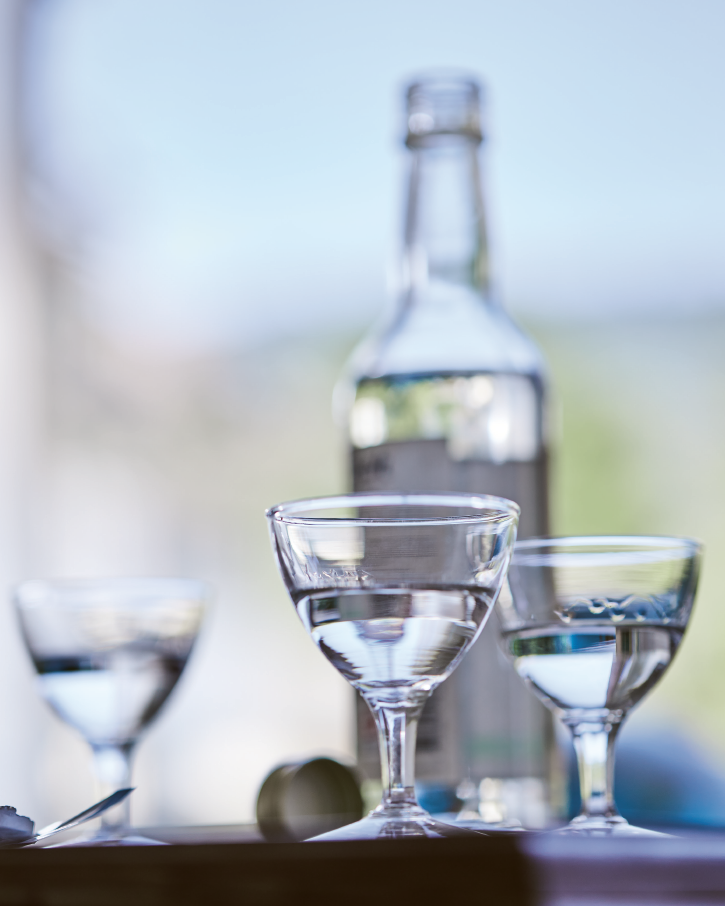


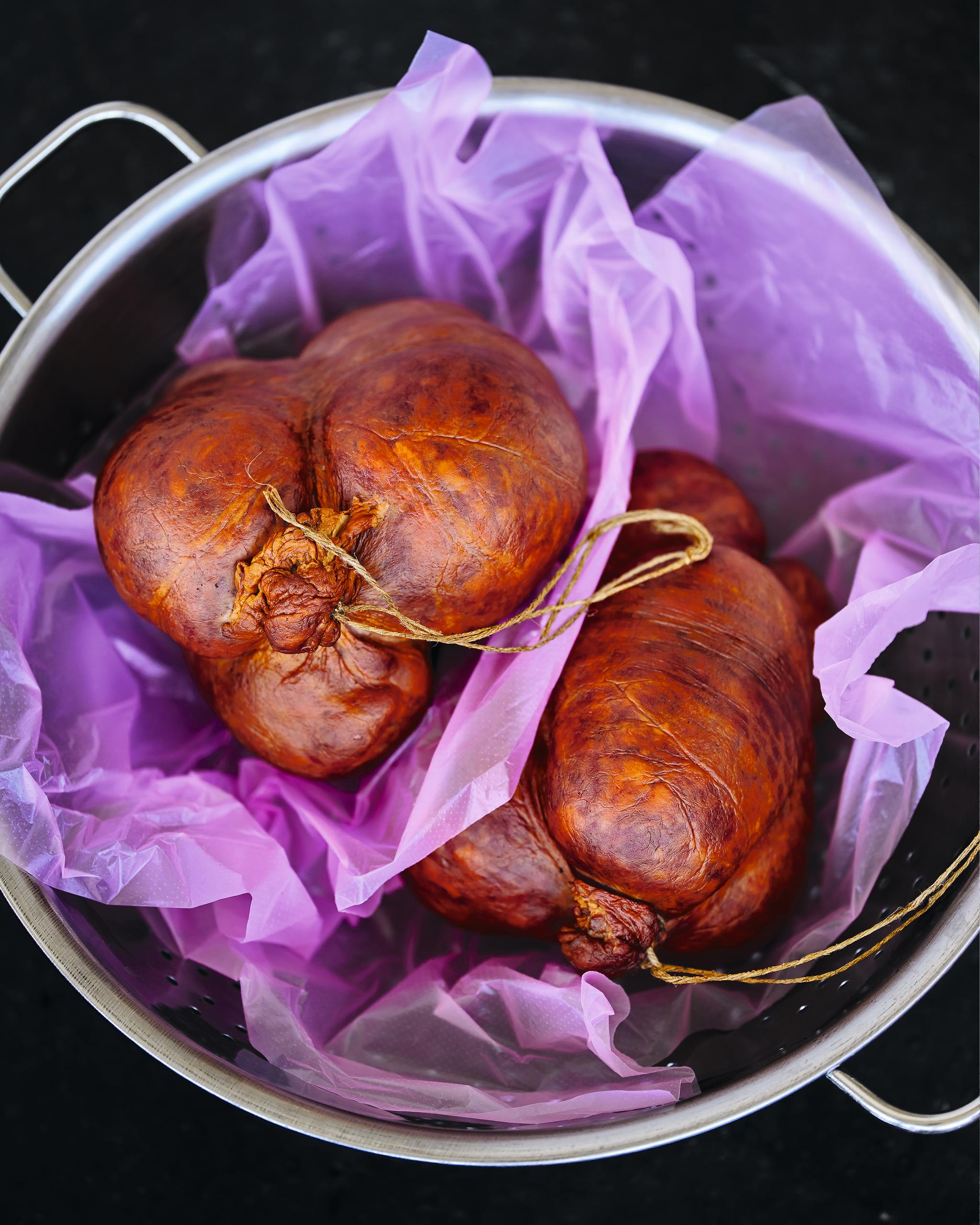
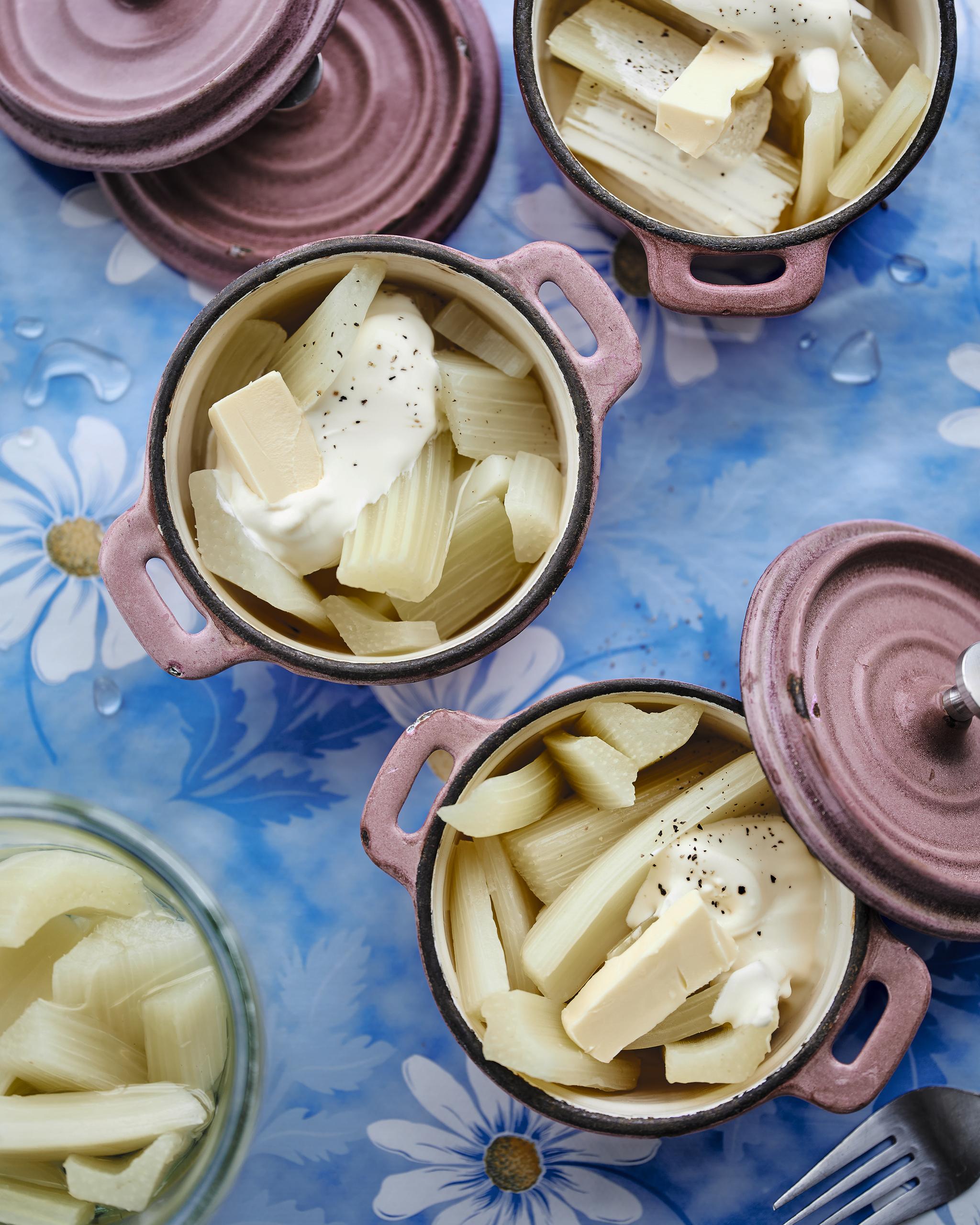


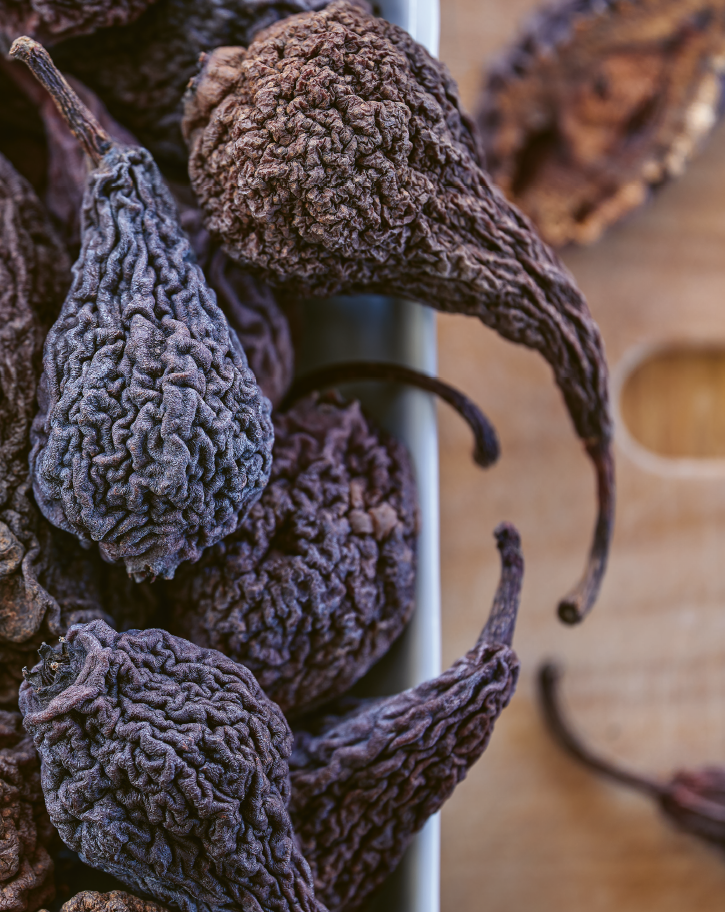

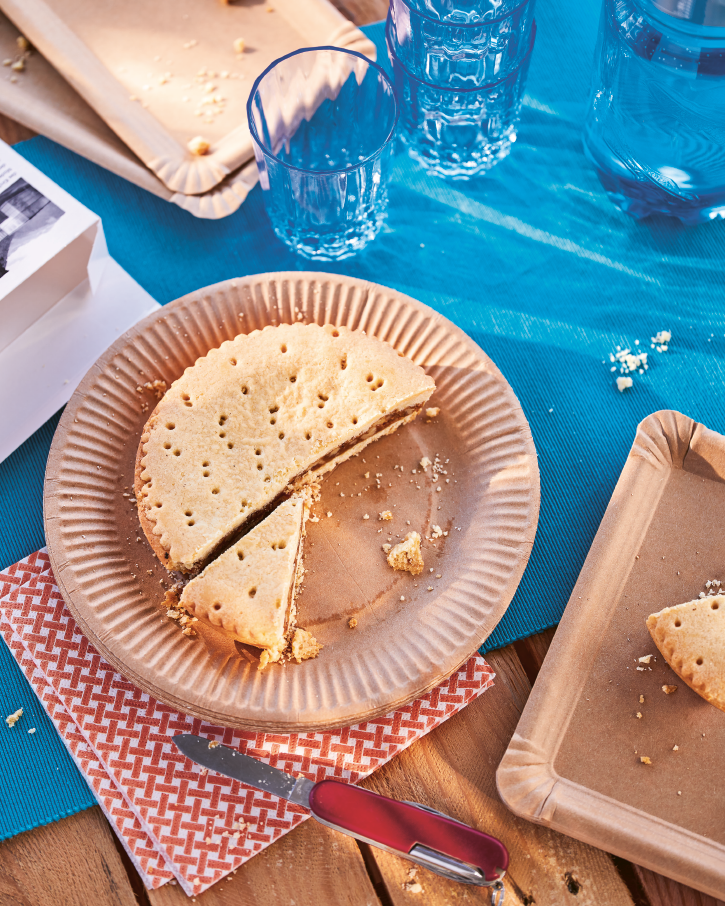
You can find an overview of ongoing debates with our journalists here . Please join us!
If you want to start a conversation about a topic raised in this article or want to report factual errors, email us at english@swissinfo.ch.